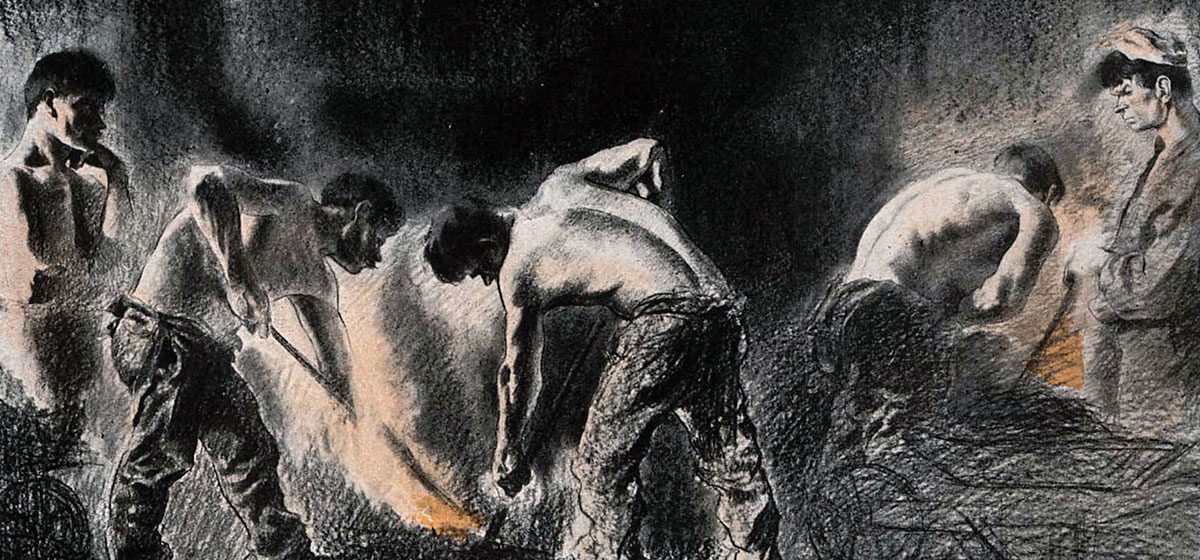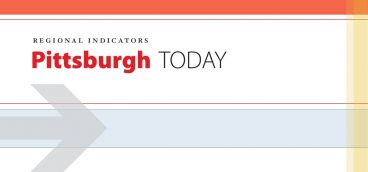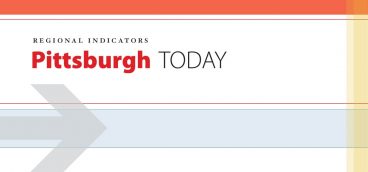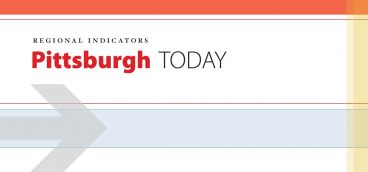
Those of us who live in Greater Pittsburgh understandably feel we know a great deal about this region. We certainly know about our neighborhoods, our friends, our families and our jobs.
We know about our hobbies, our favorite sports teams and the Pittsburgh weather. In short, we know about our lives here. What we know about the lives of others comes through the news media and through the stories we hear from friends. And we know about the region as a whole through a variety of statistics collected by the government and other sources (and available at pittsburghtoday.org).
It wasn’t always that way. Before 1908, Pittsburgh’s self knowledge was remarkably thin. 1908 was the year that the famous Pittsburgh Survey was published. Funded by the Russell Sage Foundation of New York, The Pittsburgh Survey was a landmark of what was known as the Progressive Era reform movement. Progressives believed in and pushed for social and political progress of all sorts, including eliminating corruption, promoting women’s suffrage and supporting advances in science. The movement’s most prominent leader was Theodore Roosevelt. And the movement’s best known study was The Pittsburgh Survey.
The survey was led by director Paul Kellogg and comprised a team of 70 researchers, and included photographer Lewis Hine and artist Joseph Stella, whose dramatic images are icons of Pittsburgh history. They began work in 1907, finished in 1908, and their work was published in magazines and then in a series of six books. The team’s goals were to understand conditions in the nation’s fifth largest and most notoriously industrial city and to chronicle conditions of the people living here.
Now, more than 100 years later, we’re at work preparing another Pittsburgh survey. This one is the result of a collaboration between the Regional Indicators at pittsburghtoday.org and our research partners at the University of Pittsburgh’s University Center for Social and Urban Research. Survey methods have changed over the past century. Ours will be a scientifically valid survey conducted by telephone and will include about 2,200 respondents throughout the 32 counties of the Pittsburgh region.
We’re collecting information of all kinds, basically conforming to the 10 topic areas on pittsburghtoday.org: arts, demographics, economy, education, environment, government, health, housing, public safety and transportation.
How often do residents attend arts events and participate in arts-related activities? How many hours do they work? Given straitened budgets, which public school and government functions would they augment or reduce? Have they been affected by the Marcellus Shale? Have they been victims of property or violent crime? Do they use public transit and is it adequate for their needs?
The survey contains roughly 120 questions, and we’ll be able to compare responses between residents of Allegheny County, the seven-county metropolitan statistical area, and the 25 counties rounding out the 32-county region. We’ll also “oversample” African Americans and residents in heavy Marcellus Shale areas, so we can get statistically valid information from them as well.
What will it tell us, and how can the region use the information? It will tell us a great deal about ourselves and our neighbors. We’ll disseminate the information through the news media, and we expect it will inform the future decisions of leaders in all 10 of our topic areas. Aside from informing the region about the facts of its residents’ lives, the survey will be able to track changes over time; in that regard, it’s our goal to perform the survey every three years.
The Regional Indicators at pittsburghtoday.org is dedicated to producing reliable information about our region. Look for our journalistic reports beginning this fall in the local news media. And if you get a phone call from our survey team, please take the time to participate. With the best information, our region will make the best decisions about our future. Finally, I thought you might enjoy the following excerpt from Paul Kellogg’s introduction to The Pittsburgh Survey. Published Jan. 2, 1909, it gives both some vivid color of our city 100 years ago and a sense of how much change a century brings.




